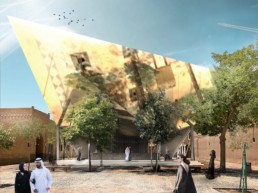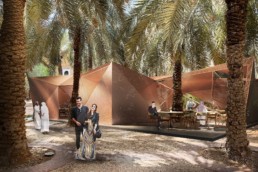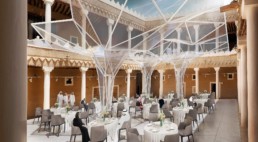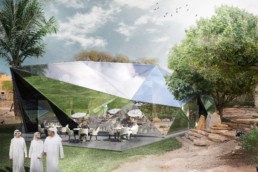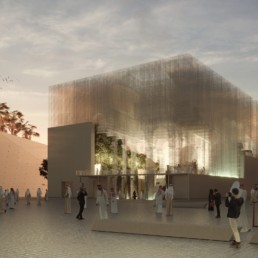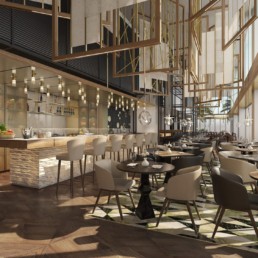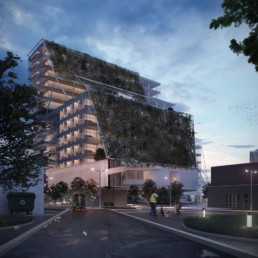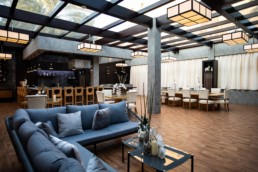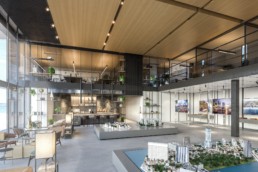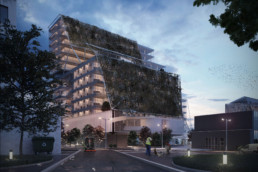Saudi Arabia, KSA
Riyadh Season – Masterplan and Temporary Pavilions
Year: 2019
Client: Saudi Commission for Tourism and National Heritage
Area: 360.000 sqm
Status: Competition
Design: Studio Costa Architecture
CDO: A. Costa
Design Director : L. Rocchi
Project Leader: C. Cerrelli
Design Team: G. Carriere, A. Scavo, C. Tambasco, C. Ferri, F. Galizi, R. Carpentieri, A.Loi
Visualizer: G. Guarino, G. Petito
Visual Artist: M. Pace
Saudi Arabia, KSA
Riyadh Season – Masterplan and Temporary Pavilions
Year: 2019
Client: Saudi Commission for Tourism and National Heritage
Area: 360.000 sqm
Status: Competition
Design: Studio Costa Architecture
CDO: A. Costa
Design Director : L. Rocchi
Project Leader: C. Cerrelli
Design Team: G. Carriere, A. Scavo, C. Tambasco, C. Ferri, F. Galizi, R. Carpentieri, A.Loi
Visualizer: G. Guarino, G. Petito
Visual Artist: M. Pace
The project is part of the Riyadh Season, considered the largest entertainment event in the capital, launched by the Saudi Commission for Tourism and National Heritage (SCTH). The setting is part of a historical context, the Murabba Palace, which literally means “square”, part of the King Abdul Aziz Historical Centre. It is home to several cultural institutions that focus on national history, the current Saudi Kingdom and its founder. The design idea of the pop up restaurants was to develop a concept strongly based on the logic of the exhibition pavilion, whose forms are derived and shaped according to the various spaces of the building in which it is located.
The prismatic forms, similar to a gem set on a garden, alternate with geometric shapes reminiscent of the tents of desert dwellers, and then contrast with the logic of the tree that develops its branches until it becomes the cover of the courtyard, and further emphasized by the transparency and the play of light and shadow of the glass. The materials used have been selected in order to guarantee a seamless integration with the context, the mirrored material of the gems, used to reflect the park in which the installation stands, makes the object perfectly camouflaged and contrasts with the material of the restaurants in the palm grove that, with colours similar to copper, recall the local landscape.
The visitor is greeted by a daring architecture; the reception, with its large canopy, acts as a landmark and guides the guest towards the beginning of a culinary journey. The masterplan in which the restaurants are located is made up of paths that guide the visitor through the “folies”, mimicking the experience of an art gallery, with its many different works and languages. All this alternated with relaxing spaces where you can stop and enjoy a cup of tea on the banks of a water canal that runs through the palace and on whose banks a creperia and a pastry shop have been located, whose tables are placed on a raised transparent platform that emphasizes the view below of the historical flooring in the palace.
